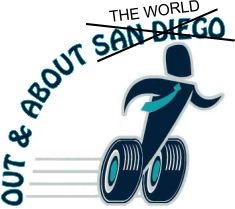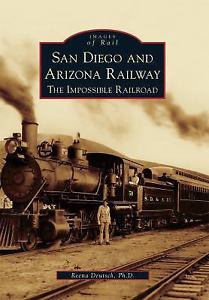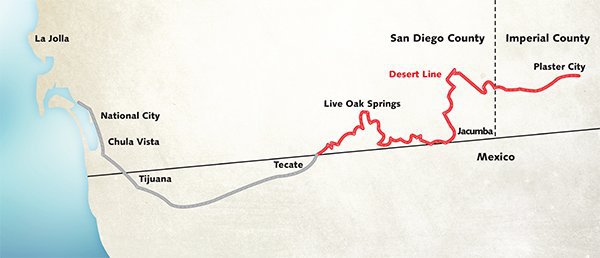
If you look back at the rich people in history, they pretty much were land barons, newspaper publishers, or railroad tycoons. In some cases, they were all three because many state and federal governments gave free land to people who were willing to build railroads on that land. The only people who could afford to build a railroad were newspaper publishers, so they became land barons and railroad tycoons.
Many of the railroad tycoons, like Leland Stanford (Stanford University) and Cornelius Vanderbilt (Vanderbilt University), are considered now to have been robber barons, a derogatory metaphor of social criticism originally applied to certain late 19th-century American businessmen who used unscrupulous methods to get rich. The robber baron list is long and includes many names familiar to us today from many industries, such as Andrew Carnegie of Carnegie Library fame, Marshall Field of Marshall Field’s, J.P. Morgan of J.P. Morgan, John D. Rockefeller of Standard Oil, Charles M. Schwab of Bethlehem Steel.
In San Diego history we have our own personality who made the robber baron list:
John D. Spreckels, making his claim via the water transport, sugar, and railroad businesses. He built the San Diego & Arizona Railway (SD&A) from San Diego to Yuma. It was during my early research into the SD&A for a railroad book that I’m writing that I discovered the Colton Crossing.
The SD&A’s construction costs were said to be underwritten by Spreckels but in actuality were underwritten by the Southern Pacific Railroad (SP). After the transcontinental railroad was completed with the driving of the Golden Spike at Promontory UT in 1869 by the Central Pacific and Union Pacific railroads, focus shifted to a southern transcontinental route, either from Los Angeles or San Diego to points east. SP was first to market and pretty much dominated Southern California railroad interests until 1883 when the Colton Crossing was built.
Colton Crossing is a railway crossing in Colton CA and the site of one of the most intense frog wars in railroad construction history. A frog is where two railroad lines cross each other, and a frog war often occurred when those two railroad lines belonged to different railroads. In the case of Colton Crossing, the two lines belonged to the Atchison, Topeka & Santa Fe (AT&SF), trying to gain a foothold in Southern California, and the California Southern Railroad, a subsidiary of the SP.
California Southern’s construction crew was ready to install the frog tracks when an SP locomotive arrived pulling a single freight car, and stopped. The SP engineer drove the train back and forth slowly at the crossing point in order to prevent the California Southern crew from installing the crossing. SP had hired Virgil Earp to guard its tracks in Colton, and he rode in the cab of the SP locomotive.
 The citizens of Colton supported SP, but SP had bypassed nearby San Bernardino, leaving its residents upset. Railroads at that time could make or break a community. San Bernardino hoped that the California Southern line would put their city back on the map.
The citizens of Colton supported SP, but SP had bypassed nearby San Bernardino, leaving its residents upset. Railroads at that time could make or break a community. San Bernardino hoped that the California Southern line would put their city back on the map.
Ultimately, California Southern obtained a court order on August 11, 1883, in its favor but it still took California Governor Robert Waterman’s involvement in ordering the county sheriff to enforce the court order.
On the morning of September 13, events reached a head in a confrontation known as the “Battle of the Crossing.” Citizens from Colton and San Bernardino gathered on either side of the tracks with the SP locomotive between them. Men on both sides carried picks and shovels, as well as revolvers and shotguns. Virgil Earp stood in the gangway between the locomotive cab and tender facing the San Bernardino citizens, revolver in hand. It was believed that the freight car, a gondola, held SP men with rifles and other weapons, crouching below the walls of the car so as not to be seen.
The Colton Crossing in today’s world is very busy with trains from Union Pacific (east-west), BNSF (north-south), Amtrak (Southwest Chief on BNSF tracks and Sunset Limited on UP tracks), and Metrolink (BNSF tracks). In the 2000’s, Colton Crossing got so busy that Union Pacific decided to build a flyover, a bridge over BNSF’s tracks, to alleviate delays for both railroads.
Colton Crossing and the West Colton railroad yard, within a mile of each other, are great places to watch railroad action, and that’s what I did on February 5. Here are some videos of the action I saw just in the three hours I was hanging out.
BNSF southbound on the lower tracks
There are two “helper” engines on the rear,
one of which is a Norfolk Southern engine.
Union Pacific westbound on the upper flyover tracks
Metrolink southbound on the lower tracks

This post approved by



 Right now it’s just a lot of reading and research. I started in the San Diego Central Library (left) because I found that they have microfilm of the new San Diego newspapers—Herald, Union, Tribune, Union-Tribune—all the way back to 1851, which was 18 years before the completion of the Union Pacific/Central Pacific transcontinental railroad at Promontory, Utah.
Right now it’s just a lot of reading and research. I started in the San Diego Central Library (left) because I found that they have microfilm of the new San Diego newspapers—Herald, Union, Tribune, Union-Tribune—all the way back to 1851, which was 18 years before the completion of the Union Pacific/Central Pacific transcontinental railroad at Promontory, Utah. Even after the transcontinental railroad was completed in 1869, people kept trying to build a southern competitor. It looked like it might happen when John D. Spreckels, the owner of the San Diego Union, said that he would build it. And he did. The San Diego & Arizona Railway (SD&A). Also known as “The Impossible Railroad.”
Even after the transcontinental railroad was completed in 1869, people kept trying to build a southern competitor. It looked like it might happen when John D. Spreckels, the owner of the San Diego Union, said that he would build it. And he did. The San Diego & Arizona Railway (SD&A). Also known as “The Impossible Railroad.”










